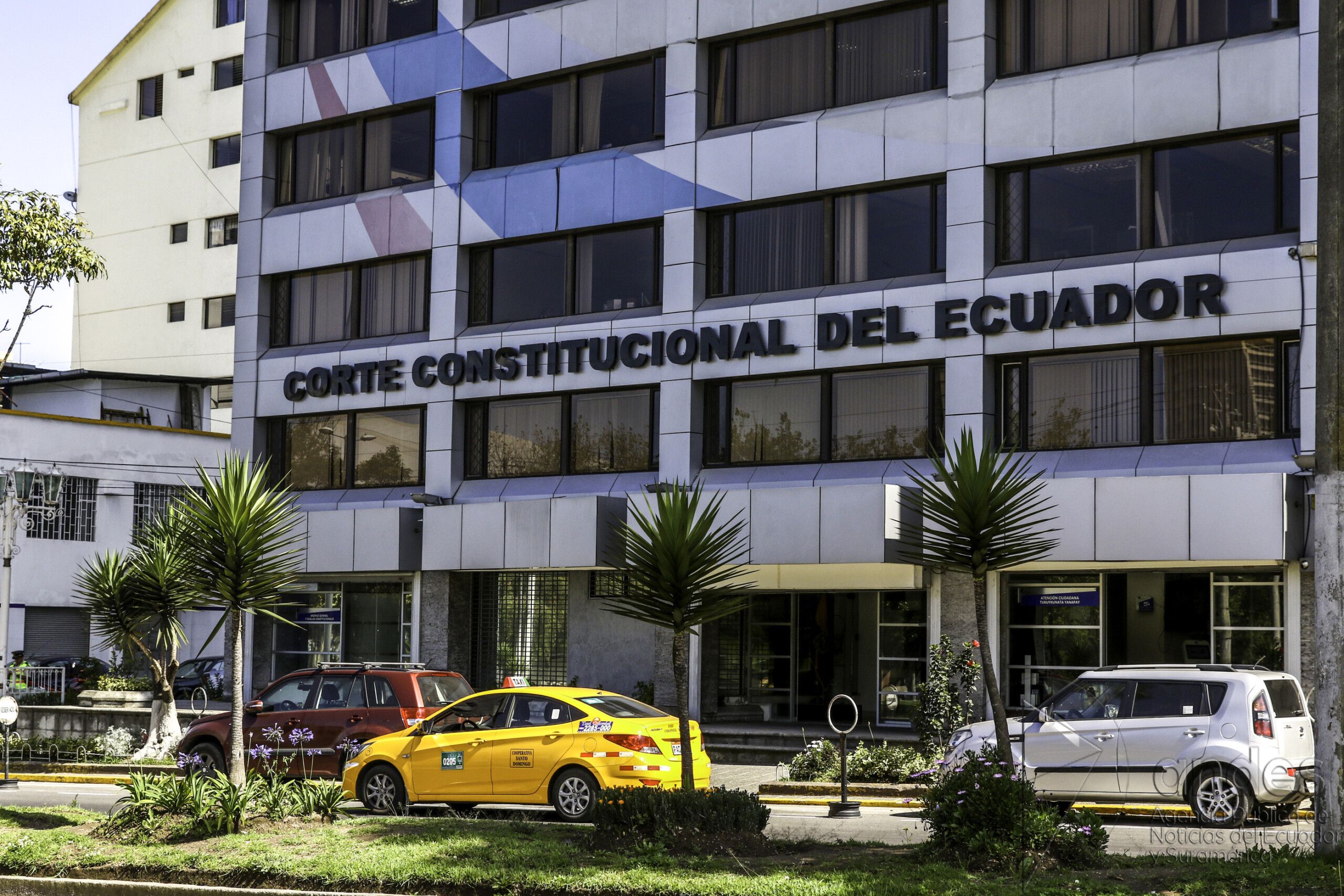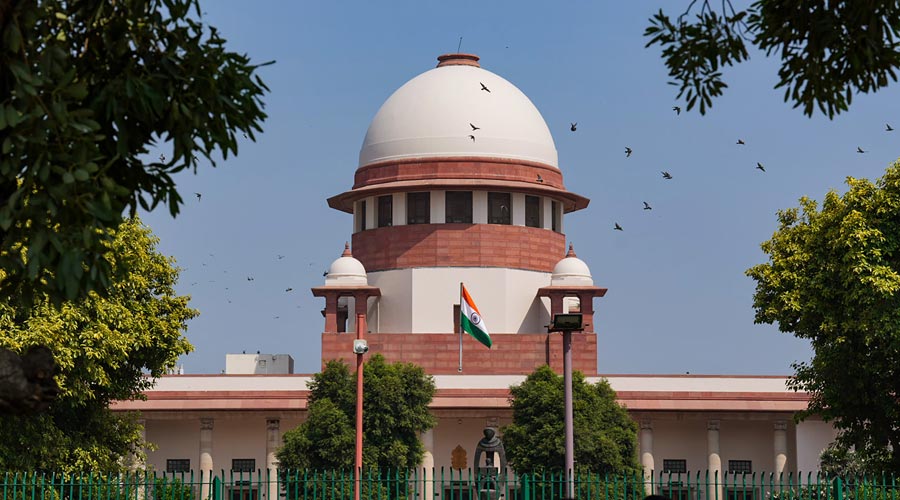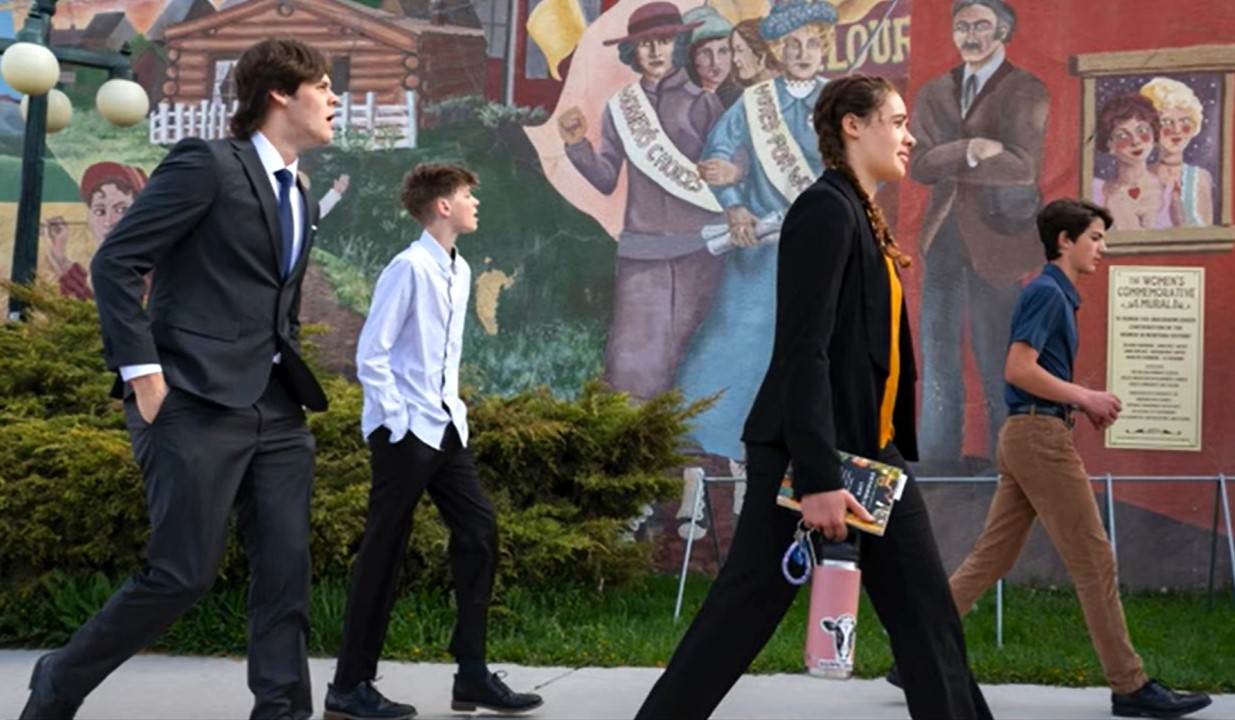Summary
Articles 164 and 166 of the Constitution of the Republic of Ecuador, as well as articles 119 and 125 of the Ley Orgánica de Garantías Jurisdiccionales y Control Constitucional (henceforth LOGJCC), generally establish the Government’s right to declare a state of exception via executive order.
Article 120 of LOGJCC outlines the parameters under which the Ecuadorian government can declare the country under a state of exception. The government must (1) identify the events propelling the decision and the constitutional rights at issue; (2) justify the order; (3) specify the geographic areas subject to the order as well as the duration of the state of exception; (4) identify the Constitutional rights that may be affected by the order; and (5) provide proper notice to those affected in accordance with the state Constitution as well as International Treaties.
The Constitutional Court found that the Government had satisfied the parameters set by Article 120 of LOGJCC which allows for a state of exception during a public calamity. The executive order was based on findings by both national and international organizations, such as the World Health Organization (WHO), categorizing COVID-19 as a global pandemic. They restricted the state of exception to sixty (60) days and delineated (in conformity with article 165 of the Constitution) the exact rights that could be limited or suspending during the state of emergency: (1) liberty of transit; and (2) liberty of association and gathering.
The Constitutional Court, however, clarified a few parameters in the Government’s ability to limit its citizens liberty of transit, gathering, and association. The government must adopt the most effective methods so that all citizens affected by the order’s restriction on movement, especially populations with limited economic resources, have access to necessary goods and services. In addition, any members of the Armed Forces or National Policy tasked with implementing the Executive Order must carry out the framework of the order with respect for the fundamental rights of all citizens, including a progressive use of force in compliance with the legal parameters of the order, and must act in strict coordination with civil authorities. In order to protect the right to health of all agents, the deployment of the armed forces must comply with the sanitary parameters set forth by competent authorities. Further, provisions set forth by the National Emergency Committee (henceforth the Committee)[1], and all other organizations tasked with implementing the order, shall be subject to the laws of the Constitution and the limits set forth in the executive order. All actions executed by the Committee must be proportional to the current level of emergency and must protect and respect the rights that have not been suspended and limited. Finally, the Constitutional Court demanded that all citizens receive proper notice of these changes and urges all citizens, especially those subject to the discussed measures, to abide with the authorities in their execution of the Executive Order.
After establishing the parameters under which the Government shall execute the order, the Court concluded its opinion with a list of demands. The Court demanded: adoption of necessary means for protecting the homeless and other vulnerable populations during the state of exception; guaranteed transit for essential workers and those in need of supplies for health and nourishment; allowed entry to all residents traveling back into the country who are compliant with health and safety guidelines; cooperation between public authorities at all government levels as related to the mandates released by the Committee; and Committee coordination with different governments (autonomous and decentralized) and sectional authorities within the nation in the implementation of the order. Finally, the Court reminded those responsible for the execution of the state of exception that the suspension of the rights to liberty of transit, gathering, and association, are only permissible during the state of exception and any right not explicitly stated within the order remains active.
[1] The Committee was tasked with determining (1) the mechanism of restriction, (2) the hours of restriction for transit and association, and (3) the terms for any “stay at home” order that may be needed; and (5) the limitations by which the rights to transit and gathering and association can be restricted.



